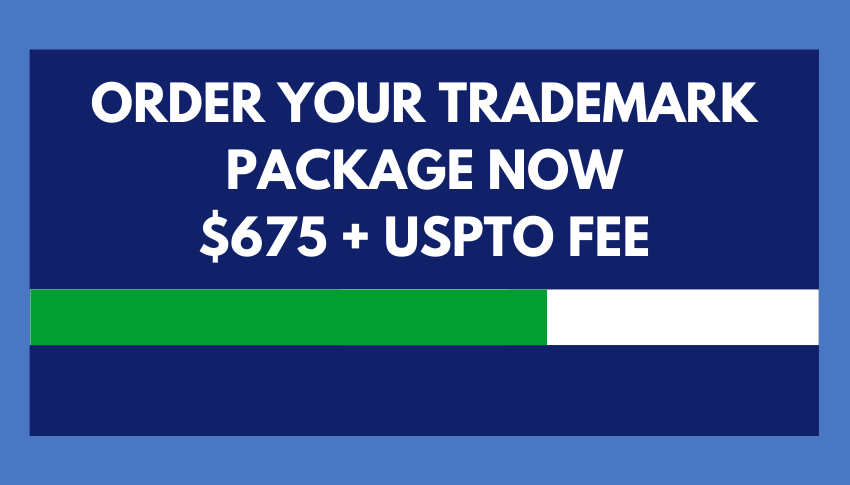Trademark Letters of Protest Explained
What are Trademark Letters of Protest and how they can be used to prevent trademark infringement? Trademark owners have several opportunities during the trademark registration process to attempt to stop a potentially infringing trademark from becoming registered at the U.S. Patent and Trademark Office (USPTO).
The appropriate enforcement tool depends on the stage of the application process when the trademark owner takes action, and nearly all of them require affirmative action on the part of the trademark owner.
While the USPTO generally does an excellent job of catching potentially conflicting marks when it examines new applications for likelihood of confusion with a registered or prior pending mark, the USPTO Examiners have huge case files and applications sometimes slip through the cracks.
Diligent trademark owners rely not only on the Examiners to keep their marks safe, but are proactive about monitoring new filings and taking action to prevent a potentially infringing mark from becoming registered.

Proactive Trademark Enforcement
Let’s consider a little known trademark enforcement action known as Letters of Protest – what are they, when are they used and how they work to protect your mark.
Letters of Protest are a preemptive action taken while an application is pending registration.
This advisory letter informs the Deputy Commissioner of Trademark Examination of your position that a newly filed mark or pending trademark application may conflict with your registered or pending trademark and requests the USPTO to block the application based on likelihood of confusion.
Final Determination From the USPTO
If the Deputy Commissioner agrees with your claim, he or she will direct the Examiner assigned to the conflicting trademark to issue an Office Action based on likelihood of confusion with your mark.
Keep in mind, however, that Office Actions may be overcome with persuasive arguments from the applicant, so an accepted Letter of Protest may not be the end of your trademark fight.
Time Frame for Submitting Your Letter of Protest
Letters of Protest must be submitted to the USPTO no later than thirty (30) days after the date of publication or the USPTO will deny it as untimely.
Even then, it’s best to file Letters of Protest prior to publication, because the USPTO will grant a Letter of Protest filed after publication only where publication of the mark constituted clear error and the evidence provided shows registration should have been refused.
Letters of Protest may not be used for registered trademarks; instead, a petition to cancel a registered mark must be filed with the Trademark Trial and Appeal Board (TTAB).
If you’d like to discuss your options for trademark protection and trademark enforcement at the USPTO, please give us a call at (800) 769-7790 for a free consultation with a trademark attorney, or send us a message using the Contact Form.



